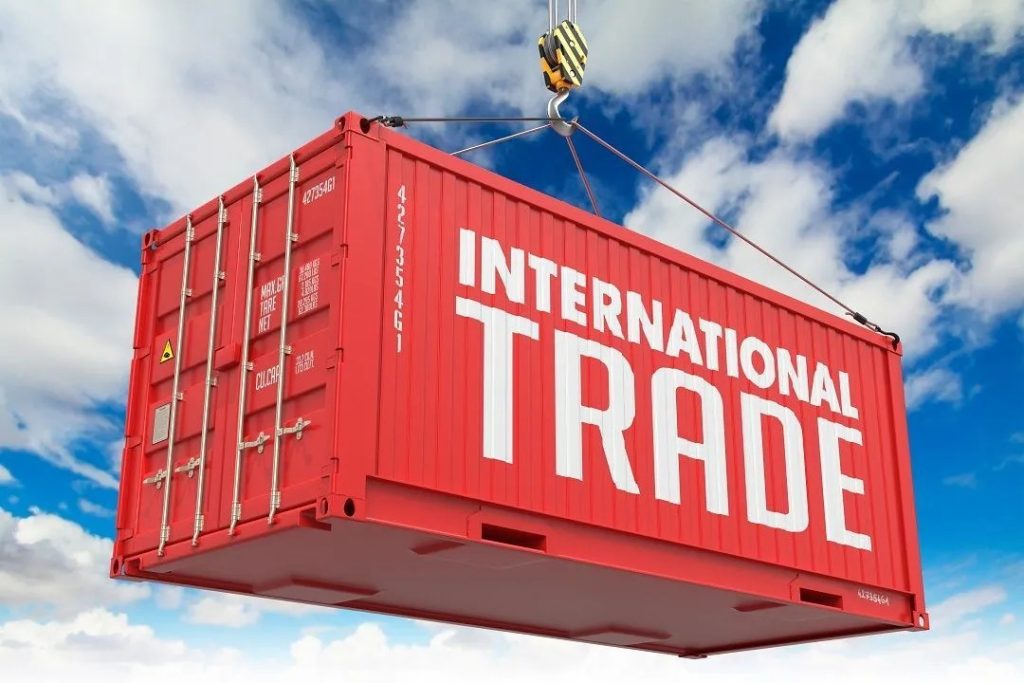
Namibia should use the United States’ new 30% tariff on South African exports as a chance to reduce reliance on its southern neighbour and expand its own trade footprint, says Simonis Storm economist Almandro Jansen.
He said the move, while disruptive to regional trade, offers Namibia an opportunity to improve domestic production, grow its agricultural and mining value chains, and make better use of trade agreements like the African Continental Free Trade Area (AfCFTA) and the African Growth and Opportunity Act (AGOA).
“This tariff decision reinforces the need for Namibia to improve domestic production systems, scale up value chains in agriculture and mining, and take advantage of trade frameworks like AfCFTA and AGOA. It’s a window to reset and reorient the economy,” said Jansen.
He noted that Namibia could increase exports in sectors such as beef, grapes, fish and minerals if it responds quickly. But doing so, he warned, would require urgent work to improve export compliance, logistics and processing capacity.
“Namibia can benefit from trade diversion, but that requires policy coordination, targeted investment, and stronger engagement with trade partners. It won’t happen automatically. The country needs to step up efforts to meet international standards and improve competitiveness,” he said.
Jansen said the Bank of Namibia’s decision to hold the repo rate at 6.75% since January 2025 has supported growth, but monetary policy may need to adapt in the coming months.
“We still expect one more 25 basis point rate cut in the second half of 2025, provided the exchange rate holds and inflation remains within target. This would support lending and investment during a crucial period of recovery,” he said.
He warned that a fall in SACU revenue due to lower South African exports could strain public finances, making fiscal reform more urgent.
“Fiscal diversification is essential. The current pressure should be used to accelerate tax reform, improve revenue collection, and align budget planning more closely with domestic capacity,” said Jansen.
He urged government to prioritise investment in infrastructure, trade systems and SME development to support Namibia’s integration into AfCFTA and reduce external vulnerability.
“This is an opportunity to prioritise investment in border efficiency, digital trade systems, and SME capacity. These are essential steps for Namibia to compete in a larger, integrated African market,” he said.
Namibia’s inflation rose to 3.7% year-on-year in June and is expected to reach up to 4.0% in July. Food prices were up 6.4%, and electricity costs are set to rise after a 3.8% increase in NamPower’s bulk tariffs.
Jansen said inflation remains manageable for now but warned that longer-term resilience depends on reducing dependence on imports.
“The goal should not be short-term fixes, but long-term resilience. If Namibia can reduce dependency on imports, especially in food and energy, it will be better positioned to withstand external price shocks,” he said.
He concluded that the tariff decision is a reminder of the cost of delayed reform.
“Now is the time to align trade policy, industrial planning, and monetary strategy. If Namibia acts decisively, it can emerge from this period more self-reliant and better integrated into both regional and global markets,” Jansen said.













